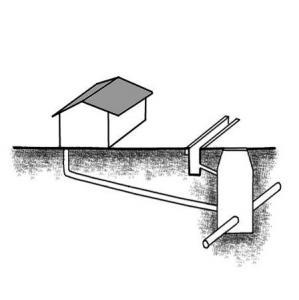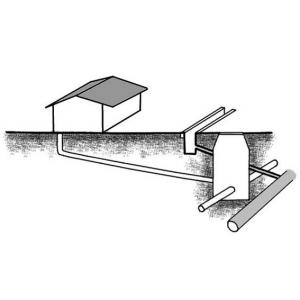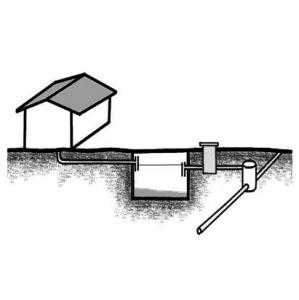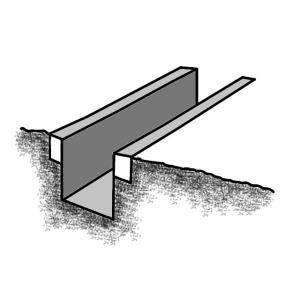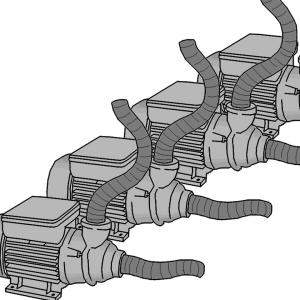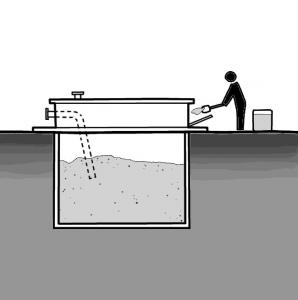


Further Resources: Wastewater Collection
- Hardware
- Software
Further Resources: Wastewater Collection
Human-powered Emptying and Transport
Human-powered emptying and transport refers to the different ways in which people can manually empty and/or transport sludge and solid products…
Motorised Emptying and Transport
Motorized emptying and transport refers to a vehicle equipped with a motorized pump and a storage tank for emptying and transporting faecal sludge…
Conventional Sewers (Combined Sewers)
Conventional gravity sewers are large networks of underground pipes that convey blackwater, greywater and, in many cases, stormwater from individual…
Separate Sewers
Separate sewerage consists in the separate collection of municipal wastewaters (blackwater from toilets, greywater and industrial wastewater) and…
Simplified Sewer
A simplified sewer describes a sewerage network that is constructed using smaller diameter pipes laid at a shallower depth and at a flatter gradient…
Pressurised Sewers
Pressurised sewers or pressure sewers differ from conventional gravity collection systems, because they use pumps instead of gravity to transport…
Open Channels and Drains
A storm water system with open channels for the discharge of rainwater exists in most urbanised areas. The channels usually drain off rainwater into…
Vacuum Sewers
Vacuum sewerage systems consist of a vacuum station, where the vacuum is generated, the vacuum pipeline system, collection chambers with collection…
Sewer Pumping Stations
Sewer pumping stations (also called lift stations) are used to move wastewater to higher elevations in order to allow transport by gravity flow.…
Transfer and Sewer Discharge Stations
Sludge and septage emptied from on-site sanitation systems need to be transferred to (semi-)centralised infrastructures for further treatment.…
Solids-free Sewer
A solids-free sewer is a network of small-diameter pipes that transports pre-treated and solids-free wastewater (such as septic tank effluent). It…

